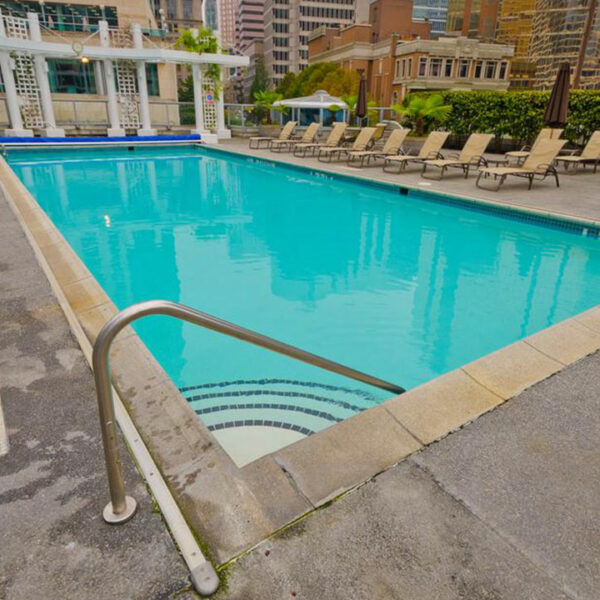Best materials to use for building a swimming pool
Constructing your own swimming pool gives you the freedom of choosing the design, placement, and form factor, and assess whether it meets your needs. However, knowing which materials to opt is just as important as the rest of the pool designing process.
Here are the best materials to use for constructing a swimming pool:
Concrete
Simple and straightforward, concrete swimming pools involve digging pits in the ground and laying the foundation for the pool with concrete walls and a pool liner coating.

Fiberglass
If you’re looking for something short and sweet, fiberglass is a good choice. They are more durable than concrete materials and take less time while constructing swimming pools. Additionally, chemical cleaners work well with this material type, and they are built right inside factories and shipped to your home in the form of a shell. A pit is dug, and the shell is fitted into it upon shipment. Low maintenance and easy cleanups are the perks of fiberglass designs.
Vinyl
Vinyl swimming pools hinge on the expensive side. These are customizable but usually come in a rectangular design. Amongst all the material types, vinyl is the best choice for those with tight budgets. The only downside is that they wear off after 5 to 10 years and need to be replaced after that timeframe.
When choosing the best material for your DIY project, consider the budget, maintenance factor, and life span of the swimming pool. Concrete pools are hard to maintain and take the time to build while fiberglass swimming pools lack customization, but come pre-made straight from the factory. Vinyl is the cheapest but wears off quick.
Whether you are a buyer with a tight budget or someone who has money to spend and needs more flexibility, these materials are the most commonly used in constructing swimming pools.





